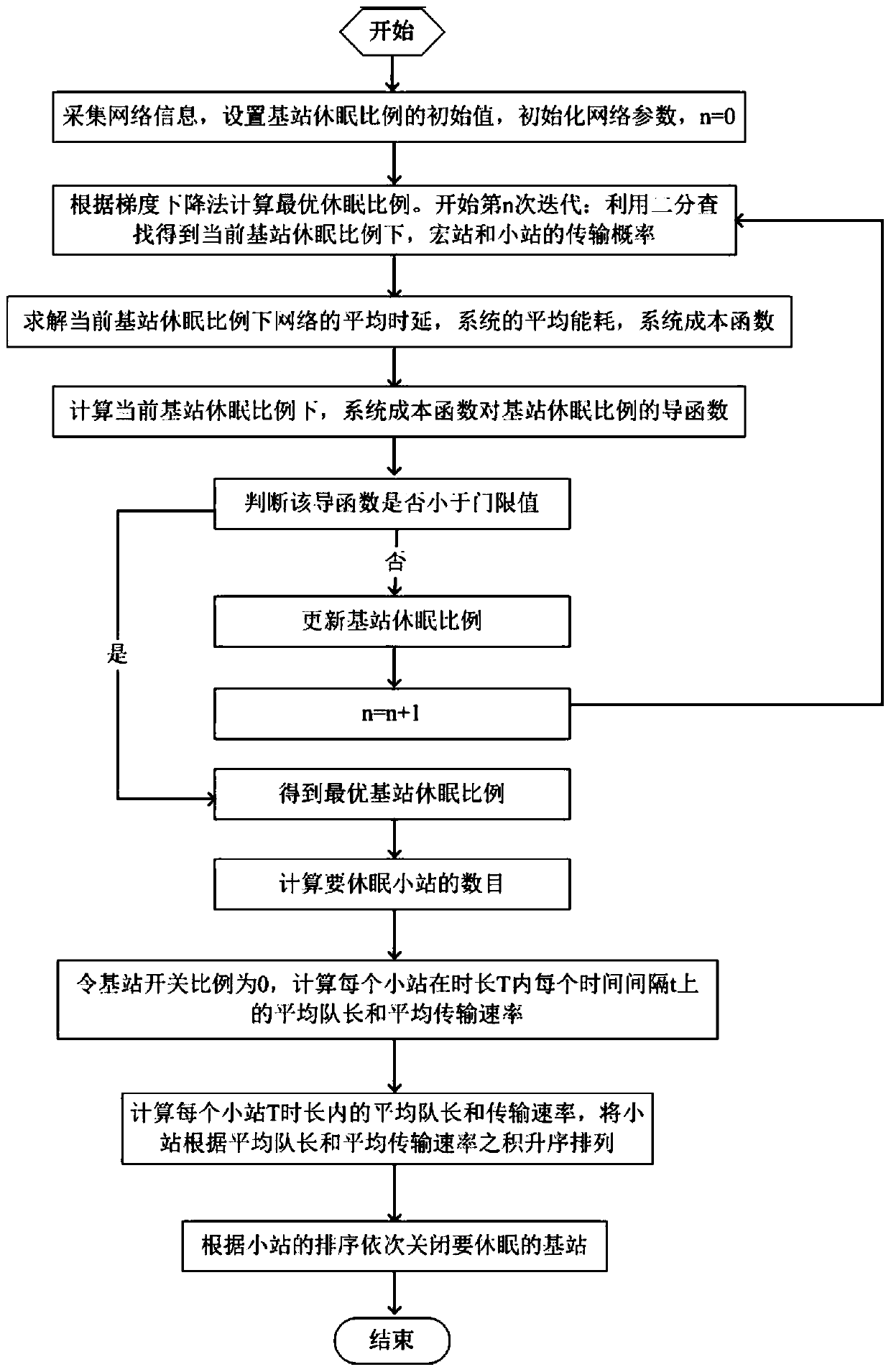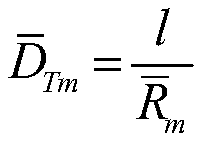A Sleeping Method for Small Cells in Ultra-dense Networks Based on Channel and Queue Sensing
An ultra-dense network and small cell technology, which is applied in the dormant field of ultra-dense network small cells, can solve the problem of combining business status and channel information, which is difficult to apply to ultra-dense heterogeneous networks, and does not consider the backhaul link delay and energy consumption system The impact on overall performance, etc.
- Summary
- Abstract
- Description
- Claims
- Application Information
AI Technical Summary
Problems solved by technology
Method used
Image
Examples
Embodiment Construction
[0072] The technical solutions provided by the present invention will be described in detail below in conjunction with specific examples. It should be understood that the following specific embodiments are only used to illustrate the present invention and are not intended to limit the scope of the present invention.
[0073] Starting from the perspective of energy consumption and time delay tradeoff, the present invention corresponds the problem of energy consumption and time delay tradeoff to the problem of minimizing the system cost function. Operators can select specific trade-off factors based on the relative importance of energy saving and user service quality, thereby determining the number of base stations to be dormant.
[0074] The invention considers that the user's traffic model satisfies the Poisson arrival process, first analyzes the time delay and energy consumption of the wireless access network and the backhaul network according to the M / G / 1 queuing model, and i...
PUM
 Login to View More
Login to View More Abstract
Description
Claims
Application Information
 Login to View More
Login to View More - R&D
- Intellectual Property
- Life Sciences
- Materials
- Tech Scout
- Unparalleled Data Quality
- Higher Quality Content
- 60% Fewer Hallucinations
Browse by: Latest US Patents, China's latest patents, Technical Efficacy Thesaurus, Application Domain, Technology Topic, Popular Technical Reports.
© 2025 PatSnap. All rights reserved.Legal|Privacy policy|Modern Slavery Act Transparency Statement|Sitemap|About US| Contact US: help@patsnap.com



